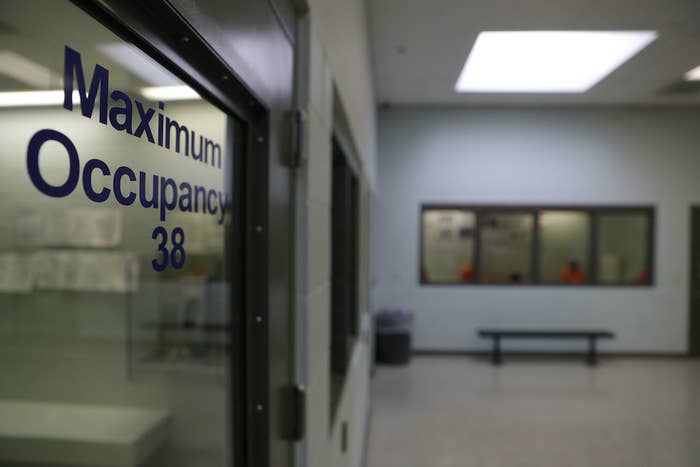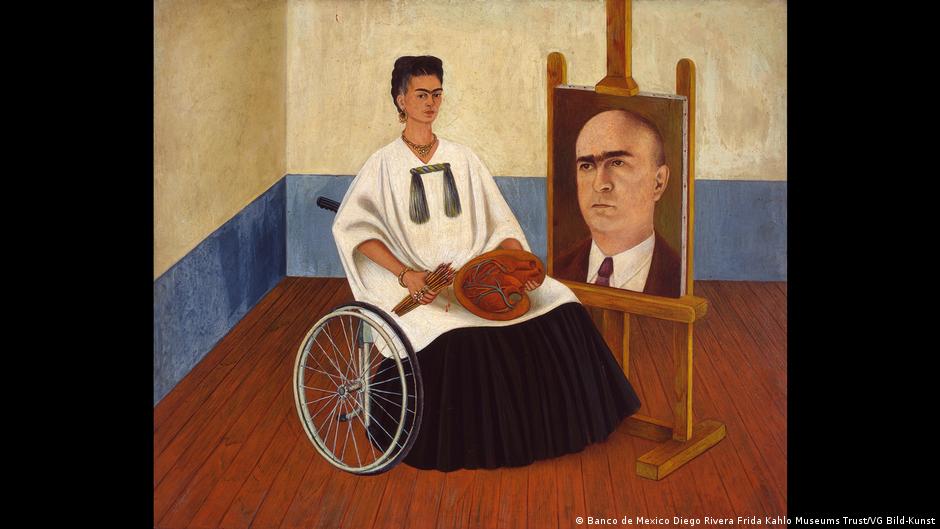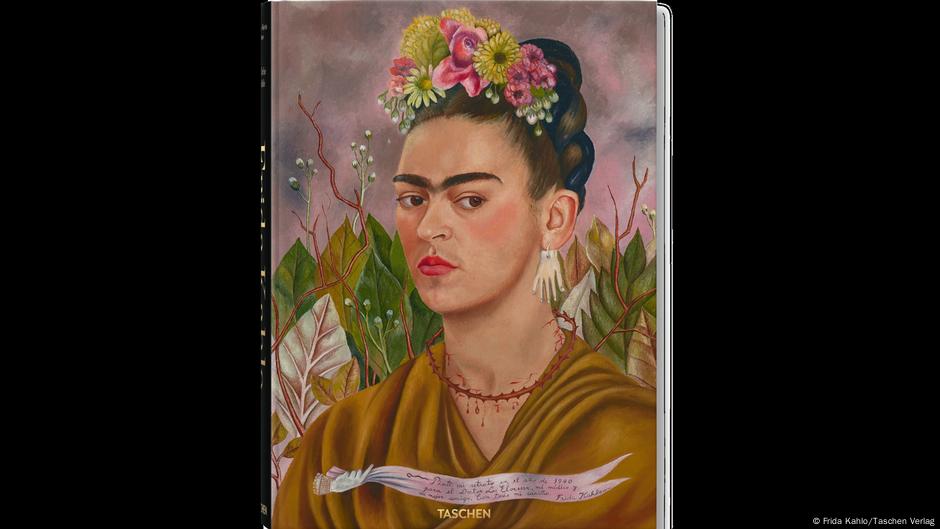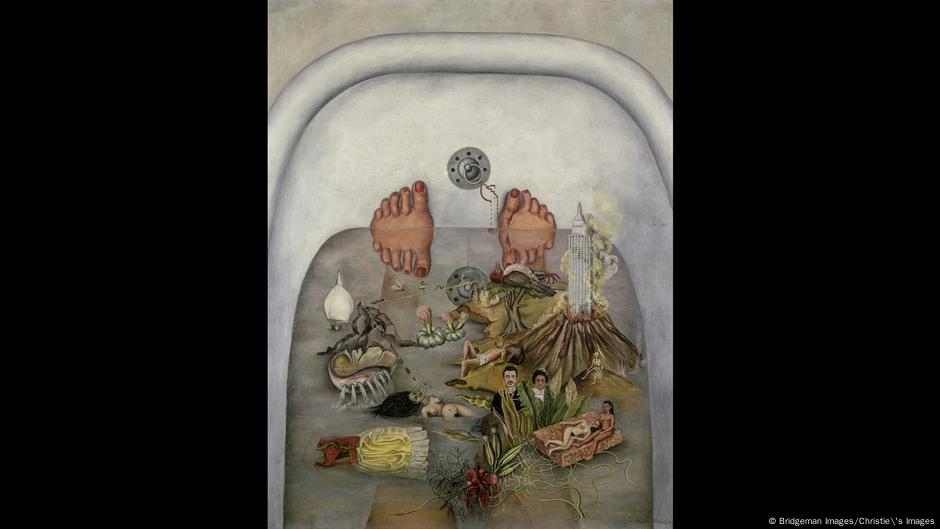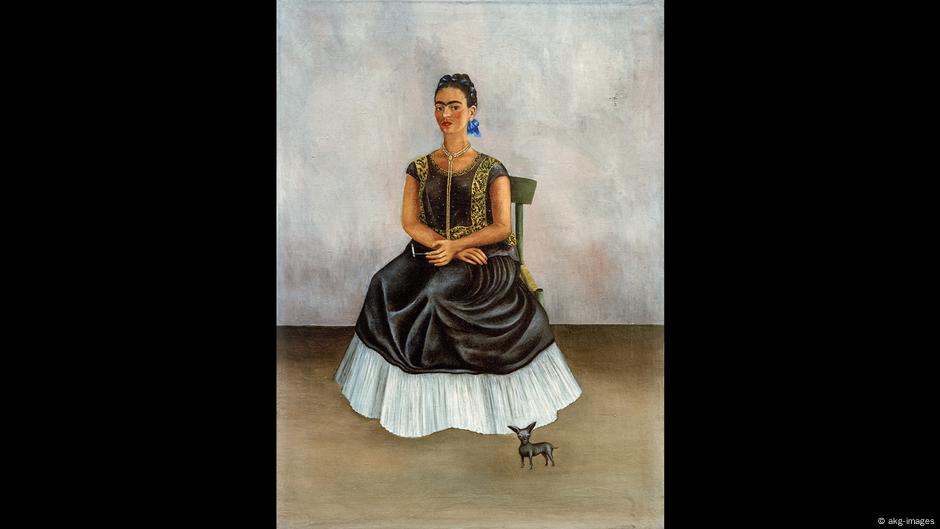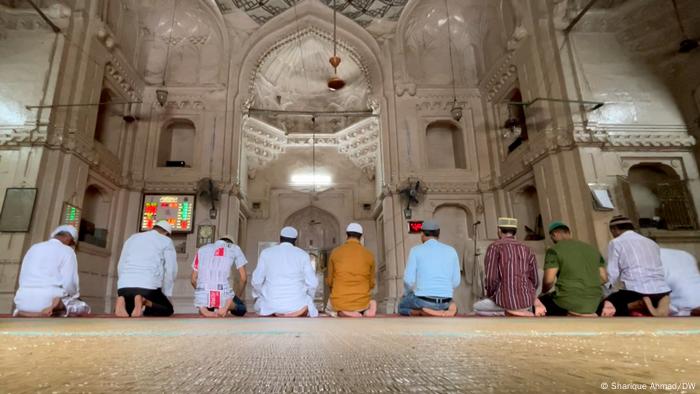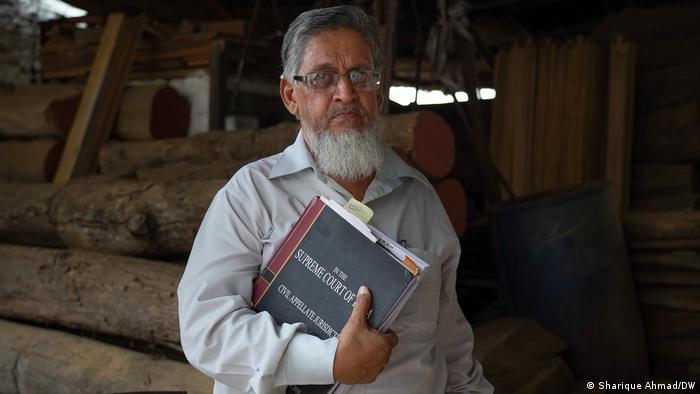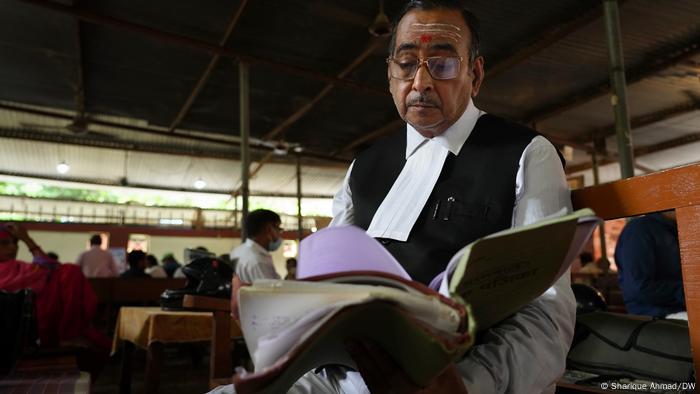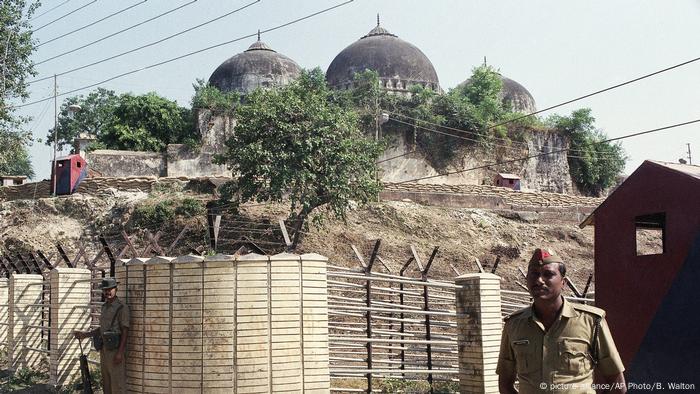MINING IS NEITHER GREEN NOR SUSTAINABLE
New mines, hundreds of jobs, loom on the horizon for Northern Ontario

Northern Ontario has a raft of new mines currently under construction or close to turning the sod, mainly driven by steady gold prices.
Three companies, with multi-million-dollar open-pit projects on the books in Gogama, Dubreuilville and Geraldton, posted recent updates as hundreds of contractors are streaming to the sites to drill and blast and erect new infrastructure.
Halfway between Timmins and Sudbury, more than 700 contractors are building IAMGOLD's Côté Gold open-pit mine outside the town of Gogama. Côté, located just off Highway 144, is 130 kilometres southwest of Timmins and 175 kilometres north of Sudbury.
After breaking ground last September, IAMGOLD ranked the project as being 27 per cent finished by the end of June and on target to kick off commercial production in the second half of 2023.
Côté Gold will hold the distinction of being Canada's first open-pit hard rock mine to use autonomous vehicles.
IAMGOLD owns 70 per cent of the project in a joint venture with Sumitomo Metal Mining of Japan.
At the site, earthworks activities continue with roadwork, water pumping, fish relocation, the completion of the tailing management coffer dam, and drilling and blasting work for the open pit.
The company recently posted a video showing the progress they've made.
The administrative building is finished and the wastewater treatment plant is being commissioned. Construction of the permanent work camp was 60 per cent done at the end of July.
The concrete batch plant is in production and providing concrete for the forms on the ball mill. An overhead 13.8 kilovolt powerline has been completed to provide four megawatts of power to the site by the third quarter of this year.
Last month, the company revealed the project price tag has gone up from USUS$875-$925 million in last year's estimate to US$1.1-$1.2 billion. They attributed that to the higher cost of building and outfitting the processing plant, an increase in building materials and manpower costs, scope changes in the project, inflation and pandemic-related supply chain challenges.
So far, they've spent $193 million in Gogama.
The mine life is estimated at 18 years over which time 6.6 million ounces of gold will be recovered but exploration continues to find new gold discoveries.
IAMGOLD calls Côté a district-scaled mining project with the discovery of a potential satellite deposit at the nearby Gosselin Zone. An initial mineral resource estimate on Gosselin will be out by year's end
Between 13,000 and 16,000 metres of drilling is planned to better define gold resources around the pit and to do greenfield exploration elsewhere on the property.
The pandemic reached the Côté site in the second quarter, the result of an outbreak in Timmins. The company said a small number of workers were infected as they doubled down on their COVID testing and mitigation measures to limit the number of cases.
IAMGOLD said this had no impact on the construction schedule.
At the end of June, an impact benefit agreement (IBA) was signed with Métis Nation of Ontario. Previous IBAs were inked with Mattagami and Flying Post First Nations.
Although full-blown gold production won't start Argonaut Gold's Magino Mine near Dubreuilville until the third quarter of 2023, pre-production mining has started as contractors began carving out the open-pit mine in July.
The Toronto mine developer recently said production drilling and blasting is underway. Ore samples were sent out for assays.
Magino is 14 kilometres southeast of the town of Dubreuilville and 40 kilometres northeast of Wawa. The company's mining claims cover more than 2,200 hectares.
The development is expected to bring 550 jobs to town. The cost to build the mine is between $480 million and $510 million.
According to a statement from the company president-CEO Pete Dougherty, construction remains on schedule.
Last month, contractors were pouring concrete for the foundation of the processing plant - the ball and sag mills - with an access road being completed to the tailings area, construction of which starts in the third quarter.
The construction workforce is steadily arriving with site orientation and training now taking place with Argonaut's two main building partners, Ausenco Engineering Canada and Sigfusson Northern.
Sign up for the Sudbury Mining Solutions weekly newsletter here.
The first gold pour at Magino takes place in early 2023 with commercial production by the second quarter.
Magino was a former underground gold mine that shut down for good in 1992. Argonaut acquired the project from Prodigy Gold in 2012.
The mine life at Magino is projected for 17 years, with estimated production of 2.2 million ounces of gold over that span. Exploration drilling continues in and around the pit with the company having success with additional gold discoveries.
When operational in 2023, the mine is expected to provide direct employment for 350.
South of Geraldton, the back 9 at Kenogamisis Golf Course is permanently closed as Greenstone Gold intends to make good on its plans to purchase the property to clear space for its almost $1-billion open-pit mine along Highway 11.
Greenstone Gold, the joint venture company between Equinox Gold and Orion Mine Finance, had an option to purchase the golf course back in April. Duffers can still play the front 9 and use the driving range for the remainder of this summer, the company recently said.
The Greenstone project team is waiting for the green flag to drop from Equinox management, expected very soon, to begin construction of the mine, three kilometres south of Geraldton.
It's on the site of the former Hardrock, MacLeod-Cockshutt and Mosher underground mines which operated from the late 1930s until about 1970 and combined to produce more than two million ounces of gold. The property was actually rehabilitated during the 1990s.
Situated at the intersection of Highways 11 and 584, the roads will have to be rerouted to accommodate the pit operation.
Though Equinox has not made a construction decision, site prep began last March and continued into July to clear trees and build access roads into a temporary effluent water treatment facility and a worker accommodation camp.
Cloutier Contracting from Geraldton was handed an earthworks contract which involves building a pond for the water treatment plant. The plant's pad is done and the building is going up. It should be operating by late September.
Indigenous-owned companies were awarded the tree-clearing contracts and the worker camp installation.
Lodging modules are being installed by Black Diamond, a sub-contractor to Aramark Canada, a partner with Long Lake #58 First Nation.
Power is currently being run onto the site. During the three-year build, on average, about 550 people will be at the site. Once in production, they'll be direct mining jobs for 500 and 1,300 jobs region-wide.
Greenstone Gold is still looking for suppliers and contractors interested in procurement opportunities and said there are some jobs yet to be filled.
The company recently reported that a former general store and Husky gas station has been converted to an environmental office.
Over the life of the mine, the environmental team will be digitally monitoring air quality, noise and groundwater, as well as inspecting for soil and sediment erosion.
The Greenstone mine project is a 60-40 development partnership between Equinox Gold and Orion MIne Finance Group.
On the North Shore of Lake Superior, Toronto's Generation Mining is mulling over its options on how to raise $665 million to build its palladium and copper open-pit mine, north of Marathon.
Once they have the cash in hand, the environmental assessment approvals and government permits in hand, they'll start clearing brush and building access roads by the third quarter of 2022.
The Marathon project will provide 1,000 construction jobs over an 18-month build with mining and milling jobs for 400 when production is slated to start in late 2023 or early 2024.







